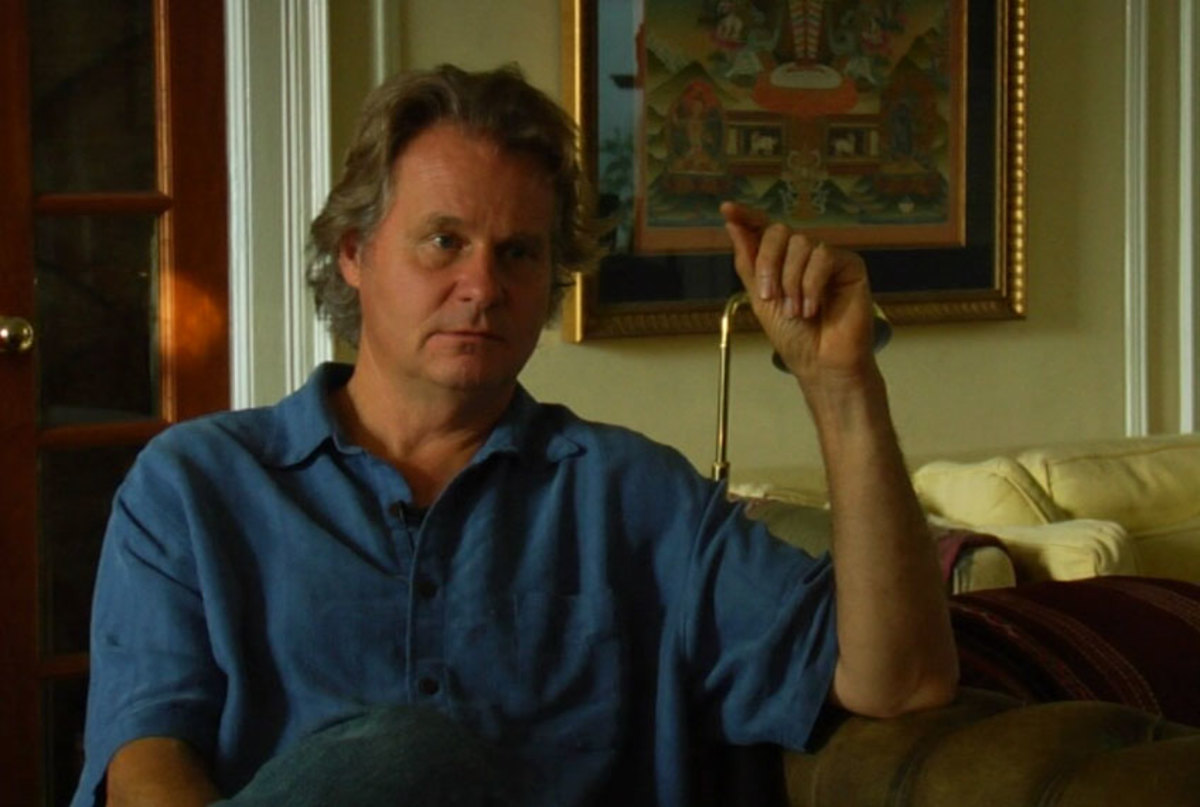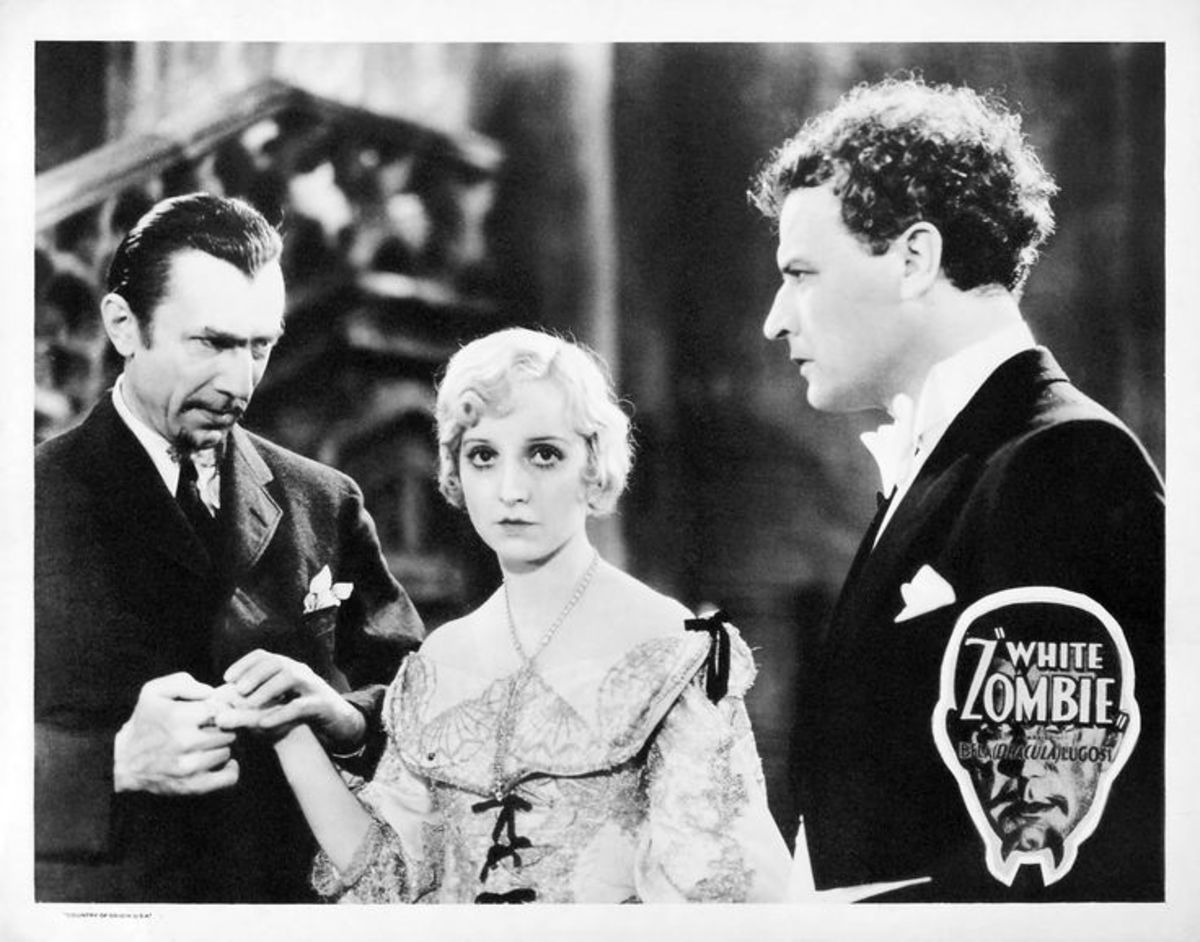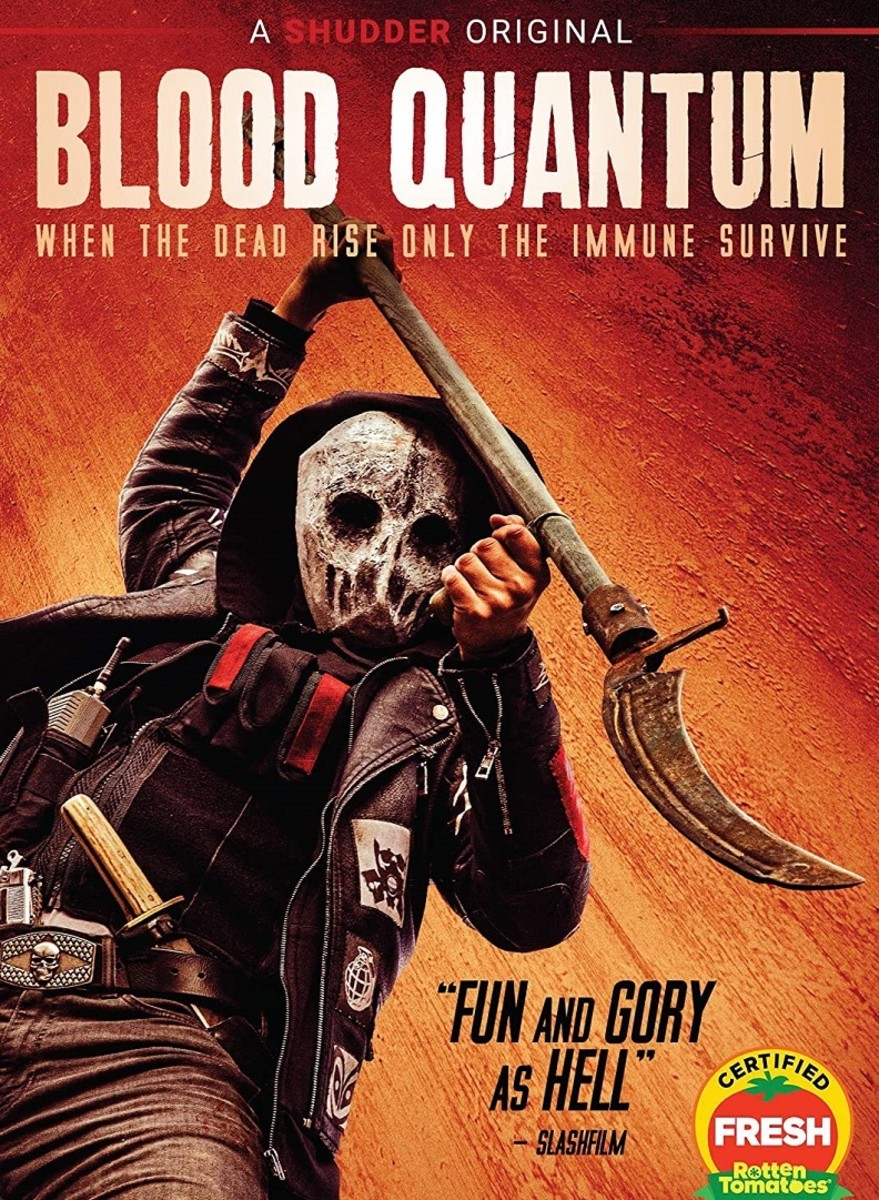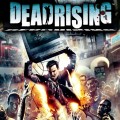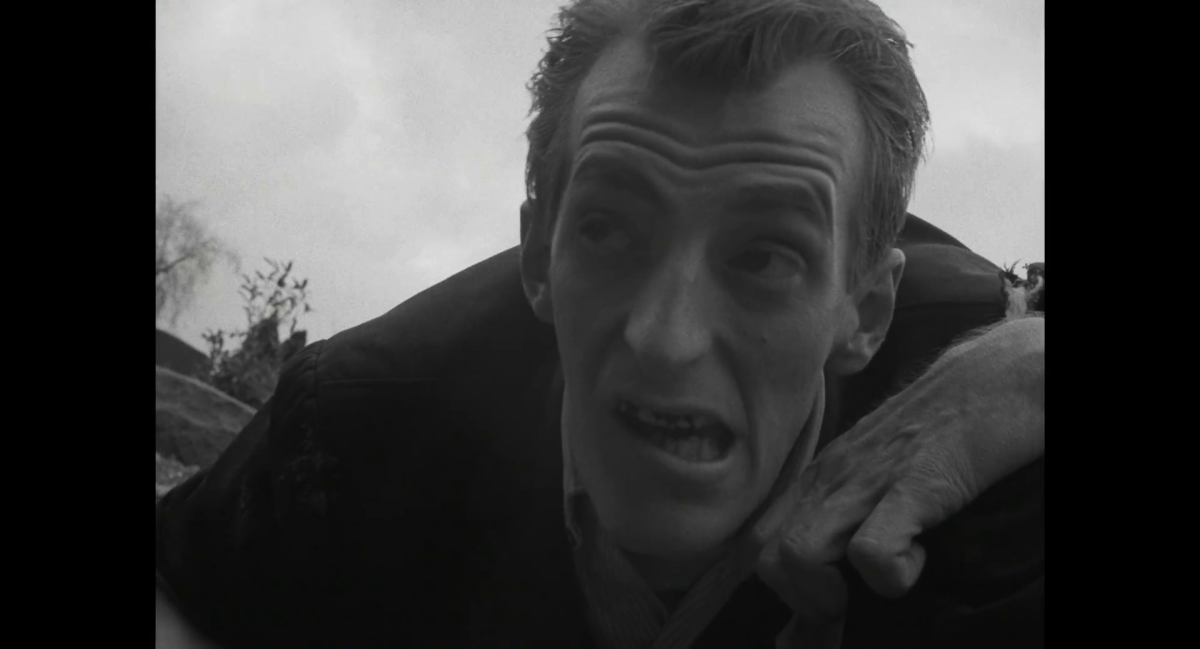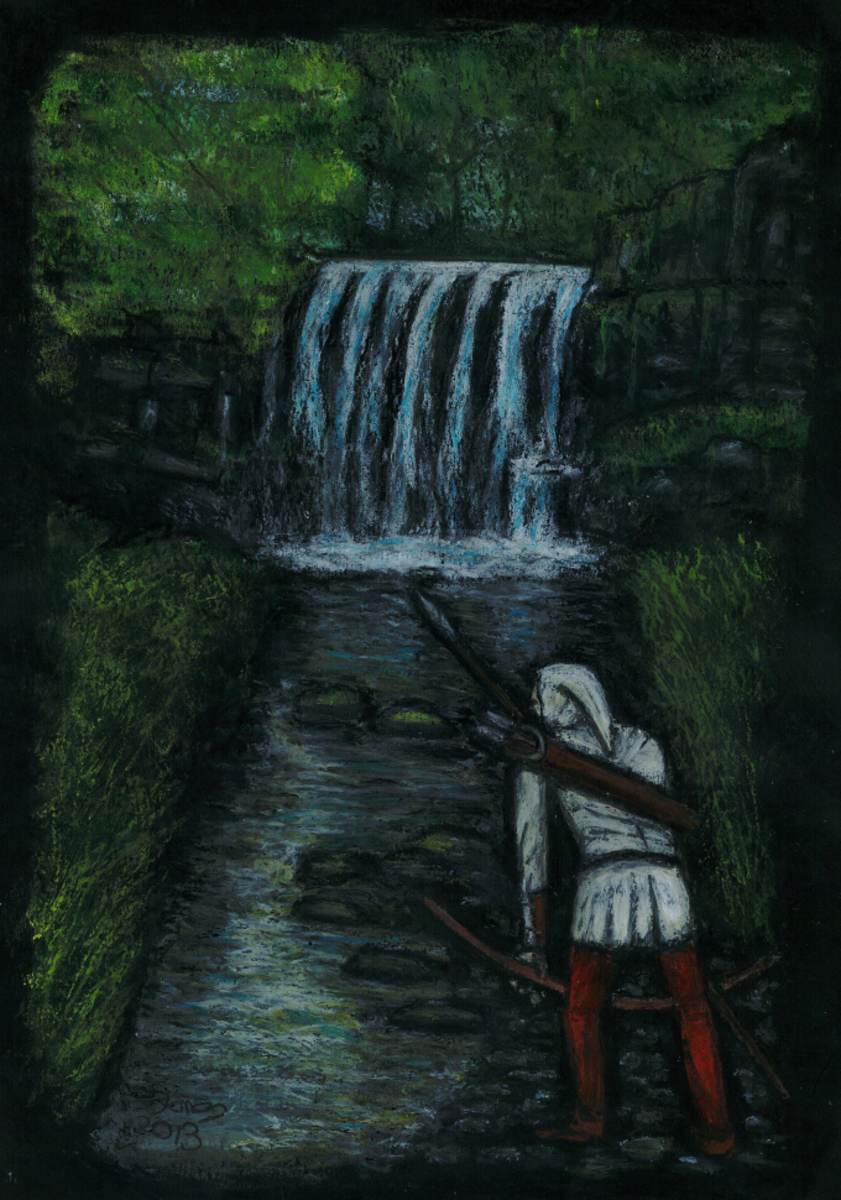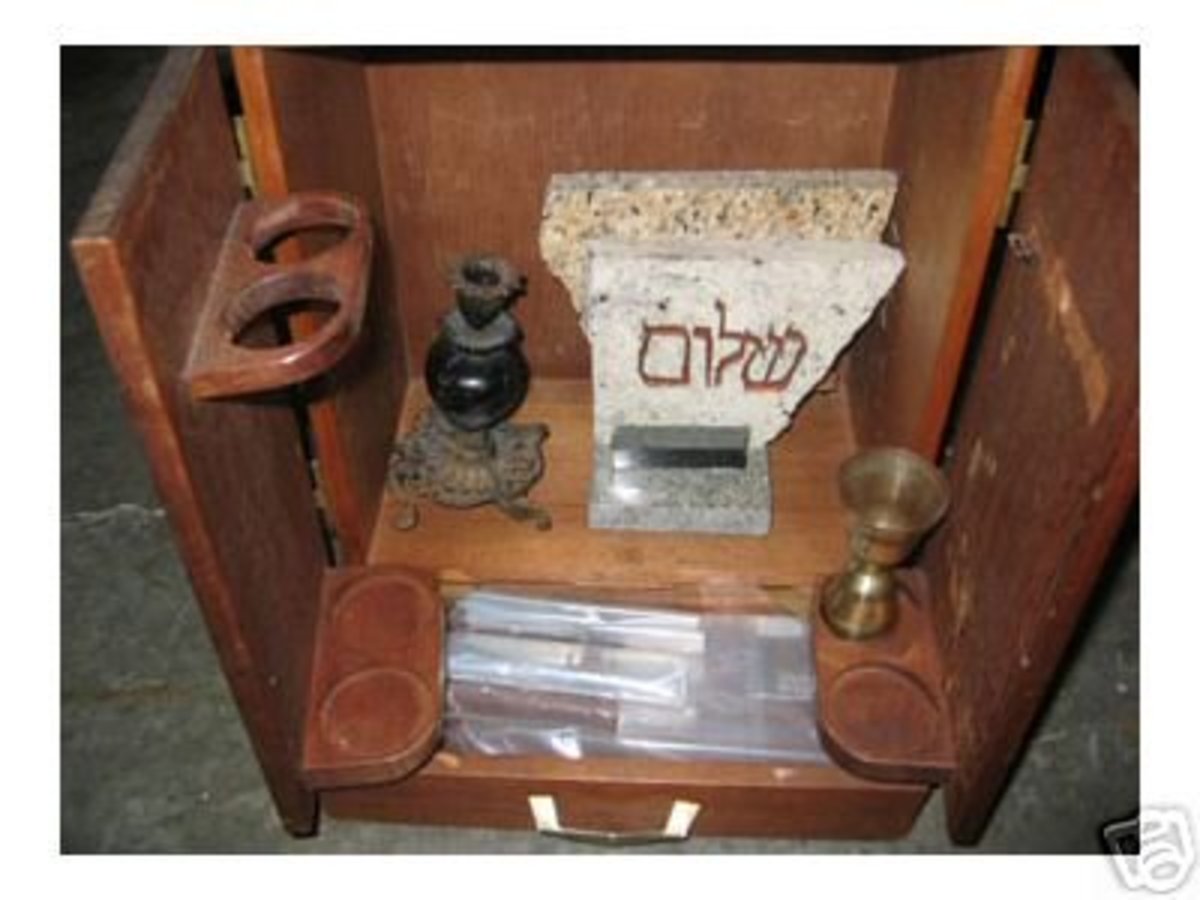Zombie Facts
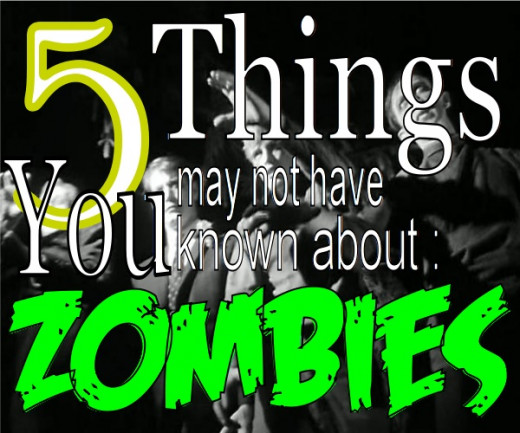
Zombies have been with us in one form or another since stories have been told around campfires in dark and scary woods around the the globe. There is some historical and cultural significance in most of the early tales told.
The voodoo religon claims that zombification is a ritual preformed as revenge or to create a servant for the priests own use. Though zombies created in this manner barely resemble the zombies which have become common place in modern holly-wood horror movies.
Most movie zombies are created through some sort of contamination such as nuclear or biological as seen in the resident evil and return of the living dead movie series. viruses from outer space, from night of the living dead, have been another form of infection. The forms of zombification in movies are limited to only the movie writers imagination.

5. The Study of Zombies
In the years between 1982 and 1984 a study was conducted in Haiti on the origins of zombies. It was titled The Zombie Project and was led by an ethno botanist (someone who studies the relationship between cultures and plants) and anthropologist, Dr. Wade Davis. The book was allegedly non-fiction and inspired the horror film The Serpent and the Rainbow.
He found that bokors (voodoo sorcerers) used a powder containing ingredients which contained plant and animal material ground up. Some of the common ingredients were puffer fish which sometimes contain a deadly neurotoxin, marine toads which produce toxic poisons, tree frogs which secrete another type of poison and human remains. The powder also contained plant and animal parts thought to irritate the skin.
Davis concluded that the rough constituents would break the surface of the skin when applied and allow the poisons to enter the bloodstream. Mixed in the right doses the powder was thought to make someone appear to have died by slowing the heart rate and breathing, paralyzing the victim. When they came to they would think they had returned from the dead and were zombies. The voodoo sorcerers then had control of them.
Image - Beginning a ritual
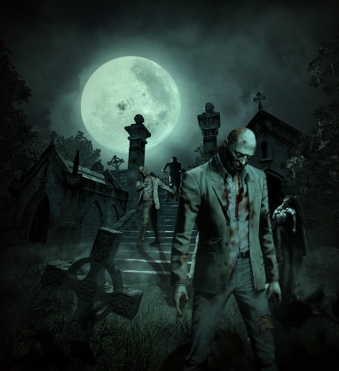
4. The Name Zombie
The word zombie is thought to be derived from the Kongo region in Central Africa were the voodoo religion was practiced. The word Nzambi which was used to describe the corpse of a dead person in the region and it's believe that zombie is derived from it.
In 1929 a fellow named W.B. Seabrook wrote a book titled The Magic Island that would forever etch the word zombie into western cultures collective mind. In the book he describes a zombi and other voodoo rituals as the author travels across Haiti. And no, that's not a spelling mistake, its seems the - e - was added later to give the word some flair to the westerners.
Another author that helped to introduce zombies to western culture was H.P. Lovecraft. He explored a few different views and ideas regarding zombies and the undead in general. One interesting story is claimed to be the first case of the undead biting a victim, it's called In the Vault.
Image - Zombies rising from the grave
Zombie Facts
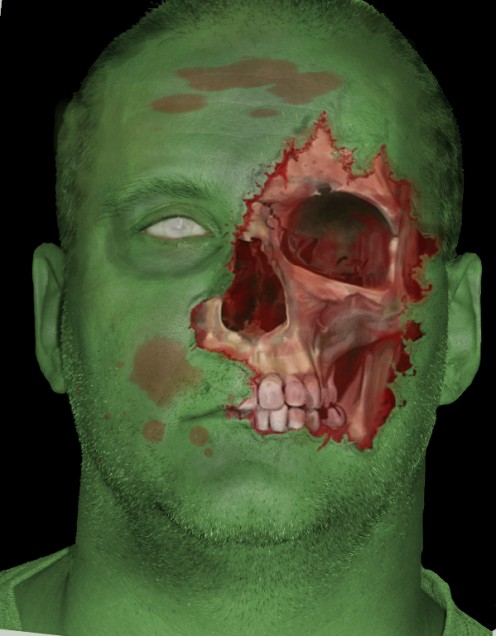
3. Is It Zombie or Undead?
Undead is often used to describe creatures of myth, legend and lore that are deceased yet behave as if they are alive, usually as the result of supernatural causes. Vampires, mummies and zombies are all examples of the undead, though they are all animated in different ways. So to refer to zombies as the undead is not incorrect but not entirely accurate either.
The term undead (Un-dead) was said to have been considered as the title for Bram Stokers book Dracula and the use of the word throughout the book is probably responsible for the frequency of it's use today. The word undead appears in earlier works than Stokers but not quite in the same context and without the flair that only Stoker had.
Interesting side note: There are two main classes of undead, incorporeal (meaning - without the nature of a body or substance) and would include creatures such as ghosts, ghouls and spectres. The second class would be corporeal (meaning - having substance) and would include our friends zombies, vampires and mummies. I am sure there are other examples.
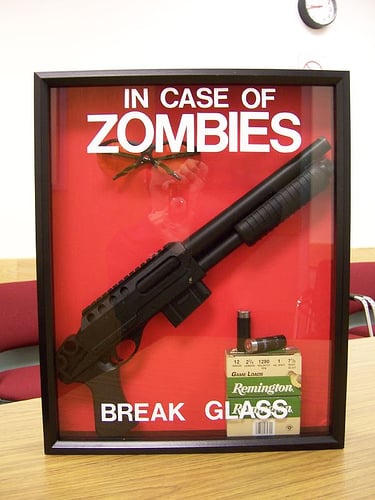
2. Killing the Undead
There has only ever really been one tried and true method of dispatching our favorite shambling undead friends and that has been destroying the brain. Decapitation is not considered by writers or fans to be an acceptable method of destroying a zombie, in fact many zombie stories included a detached zombie head attacking victims.
Max Brooks describes fire as an effective way of dispatching zombies in his Zombie Survival Guide. Although fire might be a sloppy way of destroying the brain and leaves a bunch of burning zombies headed your way until the fire has worked it's magic. Electricity has been used in a few stories but is a rare story line in zombie stories.
Voodoo zombies appear to be the easiest to send shambling back to the grave. It is said in voodoo and occult legends that common salt will break the curse of the living dead. One just has to stuff the mouth of the zombie with salt and sew it shut (sounds like it might be tougher than I thought) and it would seek it's eternal resting place out once again. This is why you might sometimes see zombies depicted with their mouths sewn shut.
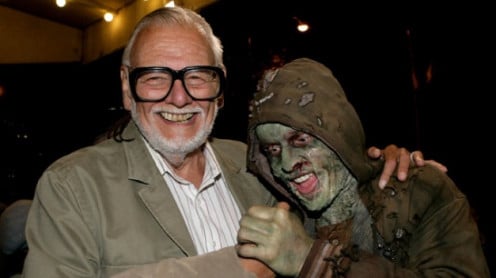
1. The Father of the Zombie
George A. Romero, a personal favorite writer, director, and producer is considered by many to be the one who popularized the modern concept of a zombie today. His zombie series have become cult classics and generated substantial revenues world wide, Dawn of the Dead for example was shot on a budget of $500,000 and has generated over 55 million dollars world wide.
In the late 1960s Mr. Romero and nine friends formed a production company named Image Ten Productions and produce Night of the Living Dead, a film that would become a world wide cult classic. The film itself was at first received with heavy criticism due to it's (for the time) very graphic nature, but would later receive critical acclaim. In 1999 it was selected by the Library of Congress for preservation in the National Film Registry as a film deemed "culturally, historically or aesthetically significant." (Its entry is the sixteenth spot in 1999.)
George has explored many themes and concepts in his dead series, many of which are attributed to real life society. For example :
- Night of the Living Dead (1968) - was a social commentary on racial issues in the 60s.
- Dawn of the Dead (1978) - was thought to poke fun at consumerism and its effects on society
- Day of the Dead (1985) - a possible study of the relationship of science and the military.
- Land of the Dead (2005) - examines class conflict.
- Diary of the Dead (2007) - maybe looking at societies new found addiction to technology.
- Survival of the Dead (2009) - looks at family values and loyalties.
Zombie Poll
What is your favorite type of zombie?
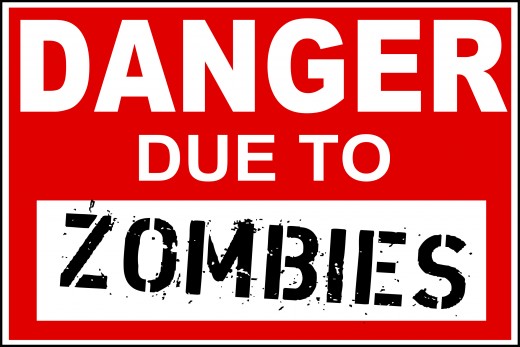
Zombie References
Sites used as reference while compiling the information for this article.
- Zombies on Wiki
A great all purpose zombie resource. - Zombies on How Stuff Works
Like the name says, how zombies work. - Zombies on Monstrous
Very descriptive and informative monster site with a great section on zombies. - All Things Zombie
Like the name says, this site is all zombies all the time!!! - Zombies on the web
No frills, straight forward zombie information here. - Zombie Infection Simulation
A low tech computer simulation for a zombie outbreak. Requires flash player to view.

